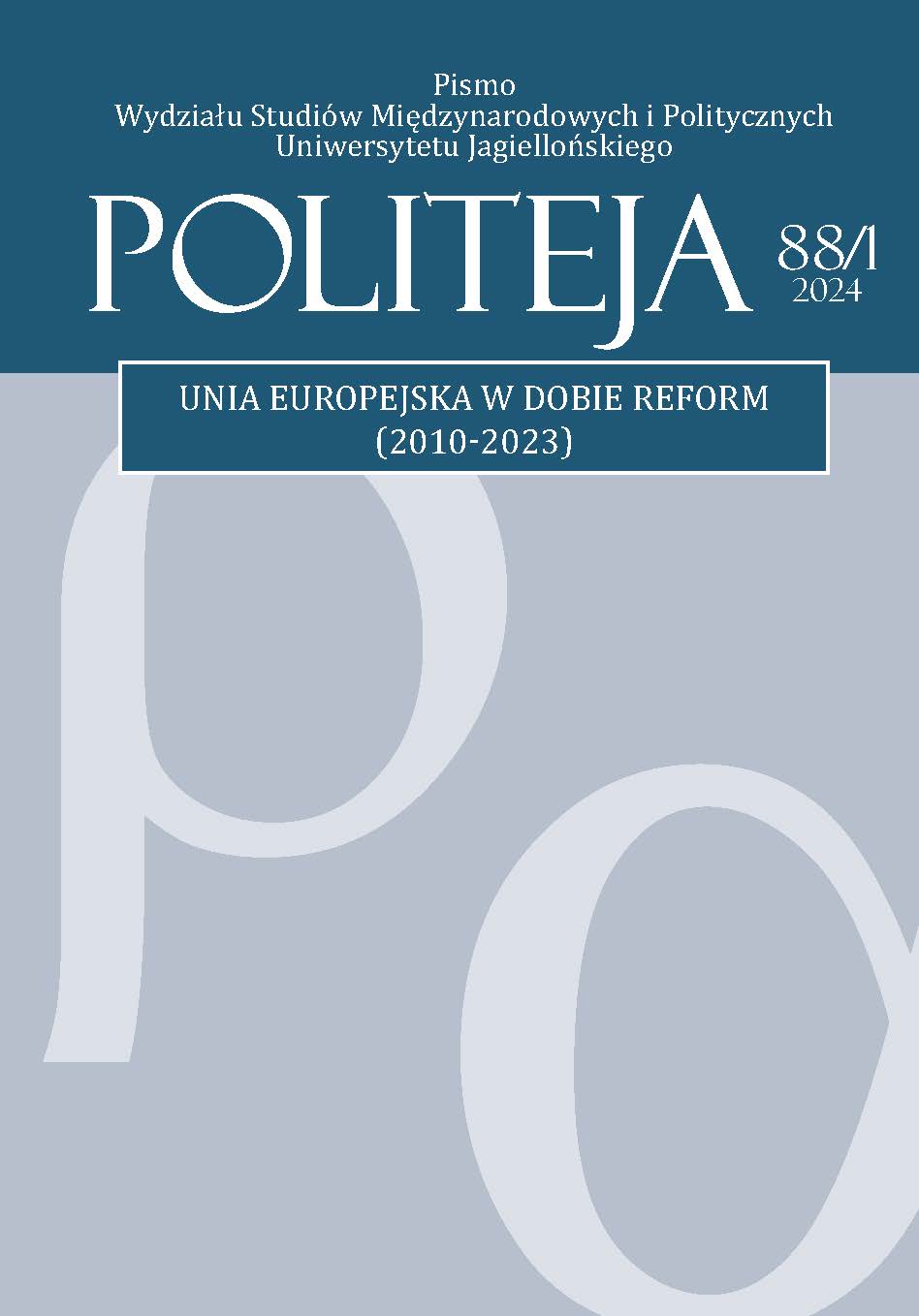Europejski Zielony Ład, czyli jak Unia Europejska zamierza uczynić z Europy pierwszy neutralny kontynent dla klimatu?
The European Green Deal, or How Does the European Union Intend to Make Europe the First Climate-Neutral Continent ?
Author(s): Olesia TkachukSubject(s): Environmental and Energy policy, EU-Legislation
Published by: KSIĘGARNIA AKADEMICKA Sp. z o.o.
Keywords: European Green Deal; European Climate Law; “Fit for 55” package; climate neutrality; greenhouse gas emissions; climate policy
Summary/Abstract: The research aim of the paper is to analyze the objectives of the European Union (EU) climate policy and the instruments for their implementation, as well as to present the challenges on the way to achieving climate neutrality by the EU. In 2015, during the 21st UN Climate Change Conference in Paris, an agreement was agreed, the purpose of which is to limit global warming, aiming, among other things, for limiting the increase in global average temperature to well below 2°C above pre-industrial levels, and preferably to no more than 1.5°C. All EU Member States have ratified the above agreement, while agreeing to take action to make the EU the world’s first climate-neutral economy and society by 2050. To achieve this, the “European Green Deal” strategy was adopted, followed by the European Climate Law and the “Fit for 55” package of legislative proposals. In addition, a more ambitious EU climate target for 2030 has been agreed, namely a reduction of net greenhouse gas emissions by at least 55% compared to 1990 levels. Based on this, the following research hypothesis should be put forward, assuming that if all initiated projects, climate programs and mechanisms are fully implemented, the EU will become the first climate neutral continent by 2050. The first part of the article focuses on the goals of the European Green Deal and their implementation. The second part discusses the assumptions of European Climate Law and the elements of the “Fit for 55” package, as well as presents the most important financial instruments of the EU climate policy. The third part contains an analysis of the challenges standing in the way of the EU achieving climate neutrality by 2050, including the COVID-19 pandemic and the Russian aggression against Ukraine.
Journal: Politeja - Pismo Wydziału Studiów Międzynarodowych i Politycznych Uniwersytetu Jagiellońskiego
- Issue Year: 21/2024
- Issue No: 88/1
- Page Range: 325-341
- Page Count: 17
- Language: Polish

